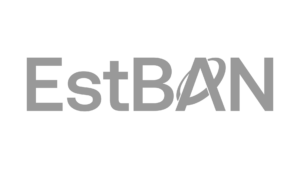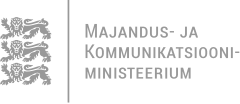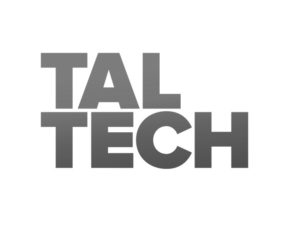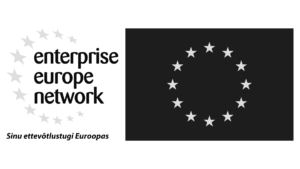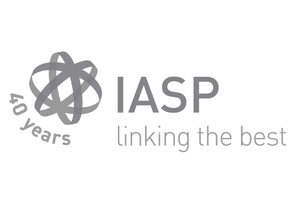01.06.2016
Dermtest: The toolkit for fighting melanoma
Dermtest empowers family doctors in fighting melanoma and enables people to consult a specialist about a suspicious mole without long waiting times. The team aims to harness the newest technologies in the fight against melanoma.
Priit Kruus, Managing Director of the health technology start-up Dermtest, explained that Dermtest’s technology is designed to aid in the early detection of melanoma. “We give general practitioners more efficient tools for checking suspicious lesions and detecting melanoma at an early stage.” Dermtest helps to improve communication between GPs and specialists and ensures faster access to treatment for patients.
“We seek to implement all state–of–the–art technologies for solving the problem of high melanoma mortality and lack of focus on prevention” says Mr Kruus. The tool-
kit includes an off–the–shelf digital dermatoscope and software connecting patients, GPs and dermatologists. Currently there are over 60 clinicians using the system regularly in Estonia and Lithuania.
Faster access to specialist services
One of the main problems of the health sector is long waiting times: patients have to wait for several months to see a dermatologist; there is a shortage of specialist doctors in the rural areas. “Why should patients or doctors move if we can move data and images instead? Dermtest enables the patient to book an appointment within one week, this increases access to care significantly,” says Kruus.
“The examination is done by the GP or GP nurse. They take a dermoscopic image of a suspicious skin lesion and fill a specially designed anamnesis questionnaire describing changes in the mole and other relevant information about the patient’s health.”
The image and the structured anamnesis are then transmitted electronically via Dermtest to the dermatologist for a teleconsultation. This means that the case can be referred to a specialist from any GP office regardless of their location. The diagnosis is sent back to the GP within 48 hours, and the patient can be informed of the results: whether the lesion is potentially malignant or not and what should be done next.
“There is certainly a gain in efficiency – the time of the consultant dermatologist is used more efficiently as they can help more patients in less time,” says Kruus.
Dermtest sees primary healthcare providers as their main target group for the service: GPs, health centres and local hospitals. “We need to move closer to the patient, so that the patient may be provided with a personal prevention plan for reducing the risk of cancer” explains Kruus.
Deaths of melanoma are preventable
Melanoma is one of the fastest-growing types of cancer. Each year 55 000 people die of melanoma in the world and it is diagnosed in around 250 000 cases. “Deaths can be avoided if melanoma is detected and cured early,” says Kruus. He explains that around 10 billion euros is spent on the treatment of melanoma each year, of which around 80% for last–stage treatment costs. The focus, however, should be on early detection. “In one year, the Dermtest system has helped to diagnose over 30 cases of skin cancer at an early stage (in–situ melanoma) and may have had a key role in saving the patients’ lives,” says Kruus.
The broader mission of the founders of Dermtest is to save lives everywhere in the world where there are long waiting times to see a dermatologist and limited access to professional check–ups. If melanoma is diagnosed at an early stage, the survival rate is almost 100%. Dermtest also seeks to increase awareness of melanoma: deaths of this cancer are preventable. “Prevention starts with awareness. People should keep an eye on their skin, and if they are concerned about something, help from a medical specialist with supporting technology should be available and close-by.”
Connecting with health systems
Kruus lists several challenges facing the health system: “The population is ageing, there has been an increase in chronic diseases, healthcare services are not accessible for everyone. The national eHealth frameworks should provide a basis network for secure data exchange between the health–system stakeholders. This state–based eHealth infrastructure should be able to integrate more specific services and solutions like the one developed by Dermtest for dermatology,” says Kruus.
He predicts that, over the coming years, there will be an increase in new eHealth and telemedicine solutions centred on patient empowerment in particular groups of diseases. “States should seek to integrate all of these solutions into a comprehensive net of services.”
Dermtest grew out of a telemedicine project with two GP centres, initially launched in Dr Niine Nahakliinik, the largest private dermato–oncological clinic in Estonia. Kruus explains that since then, the team has grown and Dermtest has developed into a growing independent health–tech company with plans to scale up internationally. “The Dermtest system is easy to implement and can be adapted to different healthcare systems. Currently the system is used in Estonia and Lithuania, and we are actively looking to expand into other regions of Europe and North–America, where there are problems with prevention and early detection of melanoma.”


